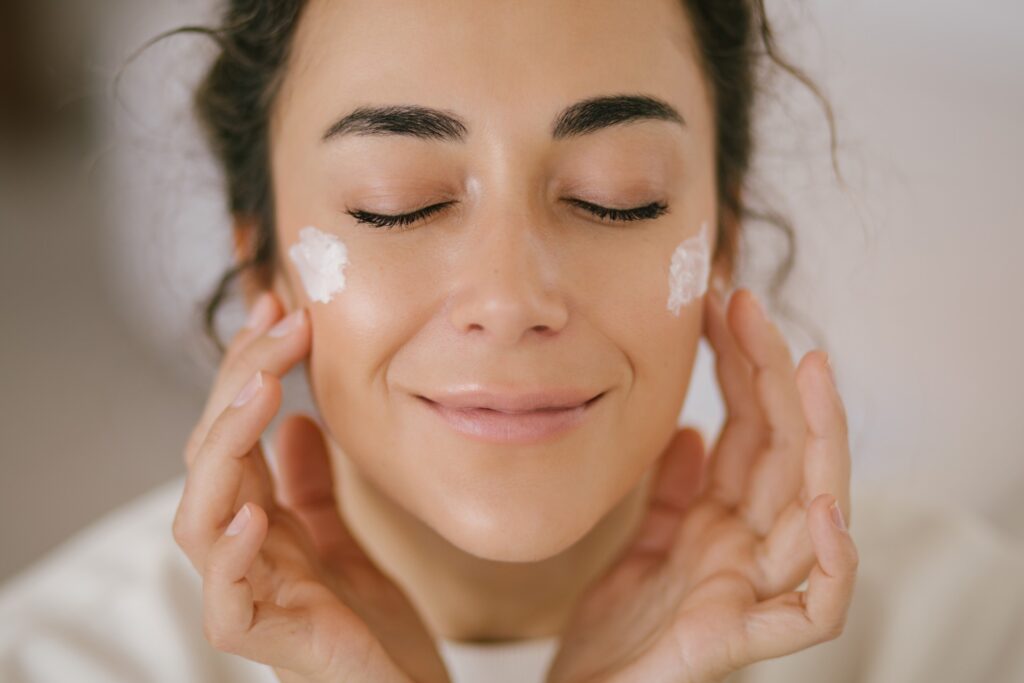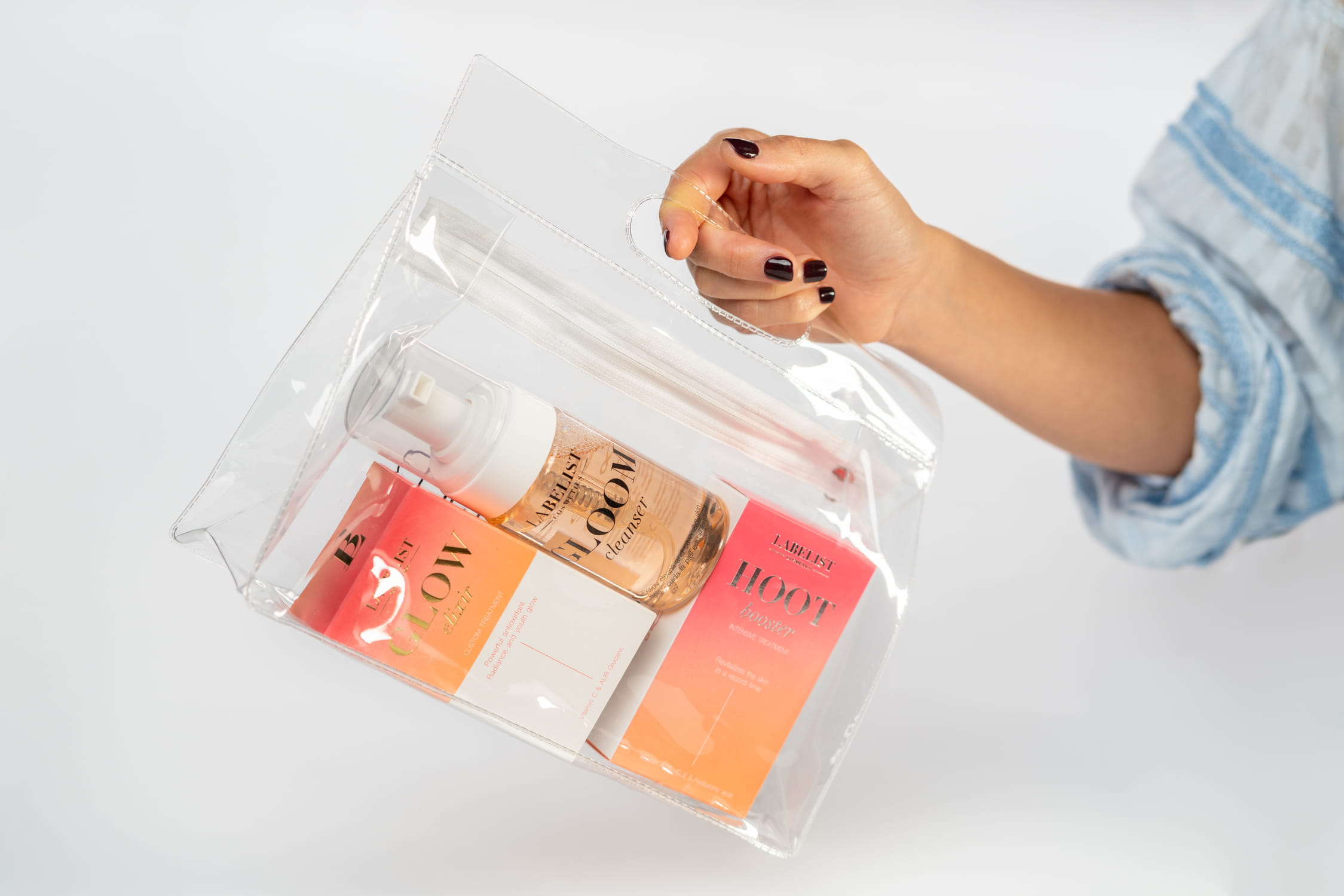Exosomes in cosmetics: a further step towards intelligent skin care

Biomedicine has shown that exosomes can regenerate tissues, modulate inflammation and even reverse cellular aging. Today, that knowledge lands in cosmetics to transform daily skin care with smarter, more effective formulas.
What are exosomes?
Exosomes are small extracellular vesicles (30-150nm) released by cells such as fibroblasts, keratinocytes or stem cells. They act as cellular messengers, transporting proteins, lipids and genetic material such as DNA, mRNA and miRNA between cells.
Although their extremely small size allows them to diffuse easily through the skin and reach deeper layers, they are not considered nanomolecules, as they are not simple chemical structures, but complex and functional vesicles.
Its function is to coordinate essential biological processes such as regeneration and immune response.
How do they act on the skin?
Imagine having a team of invisible messengers working to help your skin repair itself better, become less inflamed and regain its balance. That’s what exosomes do in the skin.
Exosomes facilitate communication between key cells: keratinocytes, fibroblasts, melanocytes, immune cells and dermal stem cells. Thanks to this intelligent interaction:
- 📩 Activate fibroblasts to produce collagen and elastin, which improves skin firmness and elasticity.
- 🔄 They regulate immune communication, helping to reduce inflammation and reactivity.
- 🎯 They modulate melanocyte activity, balancing melanin production and promoting a more even tone with fewer spots.
- 🔬 They stimulate cell renewal and healing, improving skin texture and resistance.
- ⚖️ They restore skin homeostasis, making the skin more luminous, stable and less sensitive to external aggressions.
Why so much interest now in cosmetics?
Although they have always been part of cell biology, it is only in recent years that their true potential has been understood.
Exosomes represent a new avenue for cosmetic treatment, because they act right where the dysfunction originates: in cell-to-cell communication.
- In skin aging, they help to reverse signs such as loss of firmness, dehydration or wrinkles.
- In complex dysfunctions, such as psoriasis or atopic dermatitis, they are studied for their ability to modulate the immune response.
Today’s cosmetics are inspired by these mechanisms to formulate products that repair, balance and strengthen the skin from within.
Exosomes and cosmetics: visible benefits
Factors such as the sun, pollution or stress generate a constant microinflammation that deteriorates the skin. This is where cosmetics with exosomes make a difference.
Key benefits:
- Improve hydration by reinforcing the skin barrier.
- Reduces redness and reactivity.
- Unify skin tone.
- They increase luminosity and the sensation of comfort.
- Improve firmness, elasticity and healing.

Where do cosmetic exosomes come from?
In cosmetics, exosomes of vegetable or synthetic origin are mainly used. Although synthetics allow greater control, vegetable exosomes show greater biological activity, due to their richness in natural secondary compounds that are still difficult to replicate completely.
Plant exosomes are obtained through:
- Cell stimulation by means of micro-wounds or plant callus, which induce plants to release vesicles rich in regenerative compounds.
- Biofermentation, which multiplies its production.
- Ultracentrifugation and purification to isolate functional exosomes.
The result: safe, effective and sustainable biotech ingredients that are increasingly advanced and better characterized.
How are exosomes quantified in cosmetics?
Although exosomes are invisible to the naked eye, their presence and concentration in the active ingredients is rigorously controlled by advanced techniques such as NTA (Nanoparticle Tracking Analysis).
This technology makes it possible to visualize, count and measure their size and distribution.
🧪 In advanced cosmetics, an extract may contain between 10⁸ and 10¹¹ exosomes per milliliter, ensuring an effective and reproducible dose in each application.
Exosomes on Labelist: science that protects your skin
We believe in cosmetics based on real science, not empty promises. That’s why we’ve incorporated Centella Asiatica exosomes into our SPF50 sunscreen, a formula that not only protects, but reinforces the skin’s natural balance.
Because caring for your skin can be easy, but also profoundly effective.
Amazingly easy.
More to discover

Exosomes in cosmetics: a further step towards intelligent skin care
Biomedicine has shown that exosomes can regenerate tissues, modulate inflammation and even reverse cellular aging. Today, that knowledge lands in cosmetics to transform daily skin

How to Start Using Retinol Without Irritation: Complete Guide
Why Is Retinol so Popular? Retinol is one of the most effective skincare actives, known for its ability to reduce wrinkles, improve texture, and treat
Do you want to be an international distributor of Labelist Cosmetics®?




